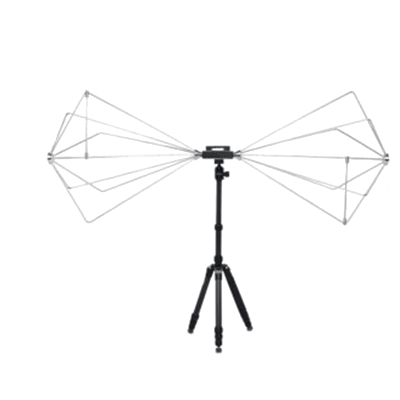What Is a Data Diode?
A Data Diode is a device in computer network security that ensures unidirectional data flow.
Typically, it plays a role in connecting a highly secure network with a general network. Its primary purpose is to enhance network security by preventing data leaks and completely blocking external intrusions when connecting networks containing critical information (e.g., networks operating and controlling public systems such as manufacturing plants, power, and transportation infrastructure) to the Internet.
Due to its unidirectional data transfer, issues such as network congestion or communication errors do not impact critical networks. This contributes to the improved reliability of systems in essential networks.
However, due to one-way communication, protocols based on acknowledgment mechanisms like TCP cannot establish sessions. In cases where such acknowledgment-based protocols are used, an additional proxy function compatible with the protocol specifications is required. Additionally, while Data Diodes are designed based on specific security requirements, security threats are constantly evolving. Regular updates and monitoring are necessary to address new threats.
Uses of Data Diode
Given its unidirectional communication characteristics, Data Diodes are used to enhance security in specific applications. The main uses include:
1. Protection of Confidential Data
Utilized when connecting networks containing crucial confidential information with external networks. It prevents the transfer of confidential data and isolates it from external networks. Examples include the defense ministry’s network or government agency networks, which are instances of critical networks.
2. Industrial Control Systems
Industrial control systems and SCADA systems are employed to control factories and public infrastructure. These systems have vulnerabilities in terms of security, especially susceptible to external attacks and unauthorized access. Data Diodes control data transfer between the crucial network of control systems and the general network, preventing external intrusion into control systems.
3. Prevention of Attacks from the Internet
When internal corporate or organizational networks are connected to the Internet, the risk of malicious attacks and malware infiltration increases. The introduction of Data Diodes can prevent attacks from external sources. The unidirectional communication feature contributes to enhancing the security of internal networks.
4. Electronic Voting Systems
Data Diodes are frequently used in electronic voting systems to protect voting information and prevent unauthorized access or tampering with voting results. Transmitting voting information through Data Diodes enhances the security of the election system.
Principles of Data Diode
The principle of a Data Diode is to ensure unidirectional data flow, preventing the leakage of critical information. This is achieved through either physical hardware or dedicated software.
1. Physical Hardware
When using physical hardware, the Data Diode connects to the Internet or other networks using optical fiber cables or electrical cables. Data transfer from the critical network is often converted into optical or electrical signals within the Data Diode. However, access to the critical network from the Internet is not allowed, and the Data Diode blocks communication in this direction.
2. Dedicated Software
When using dedicated software, the Data Diode virtually connects the crucial network and the general network. While access is allowed from the critical network through the software, reverse data transfer is not permitted. Software-based Data Diodes perform data filtering and control, enhancing product security.
How to Choose a Data Diode
When selecting a Data Diode, consider the following elements:
1. Type
Both physical hardware and software types exist. It is essential to choose the appropriate product that suits the environment.
2. Reliability
Since Data Diodes play a crucial role in security, high reliability is essential. Choosing products from reputable manufacturers or brands ensures quality assurance. Additionally, checking past performance, evaluations, and user reviews is meaningful when assessing reliability.
3. Maintenance System
Considering long-term operation, it is crucial to verify whether the manufacturer provides support and updates over an extended period. A well-established maintenance system is essential. Without proper support, there may be an increased security risk.
4. Features
Data Diodes may have various functions depending on specific requirements. For instance, whether they support specific protocols, allow high-bandwidth data transfer, or include redundancy features. Choosing a Data Diode with functions that meet the network environment and requirements is critical.
